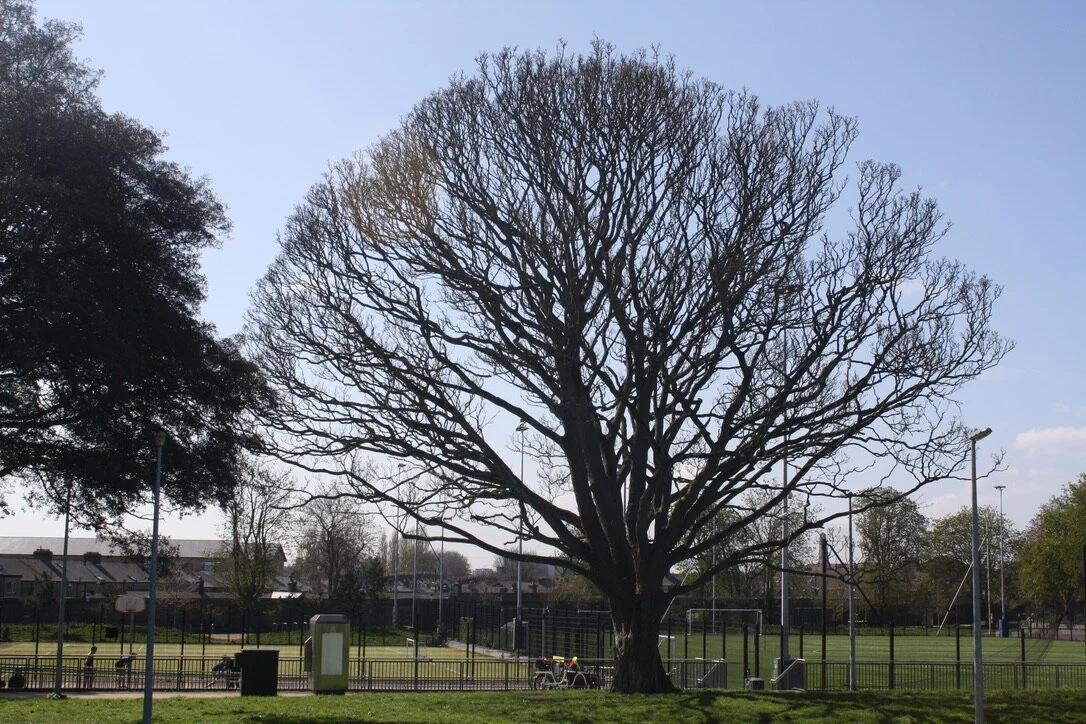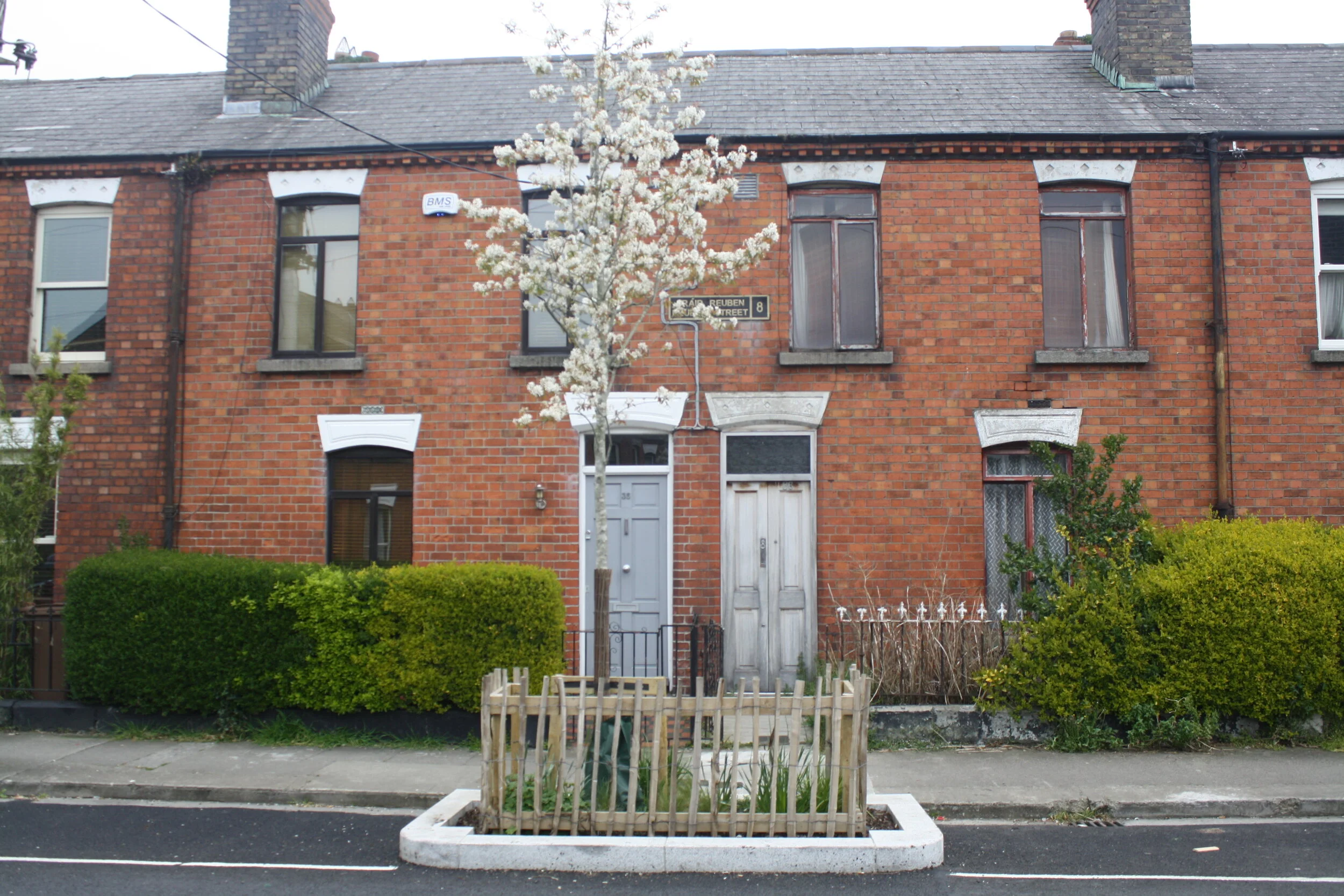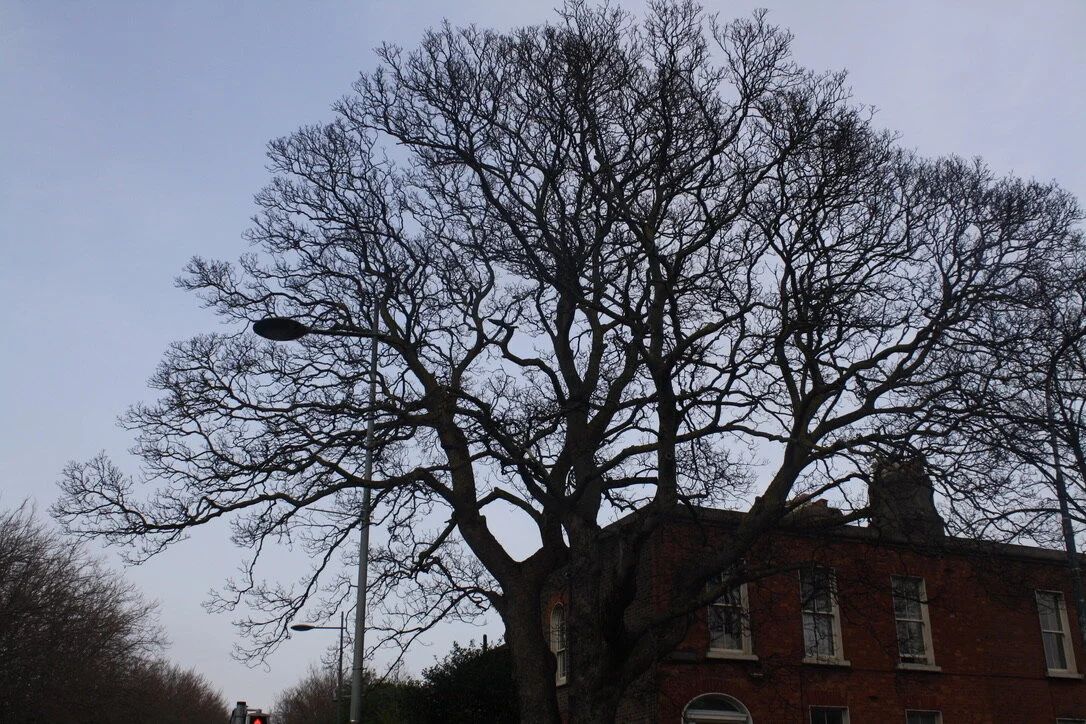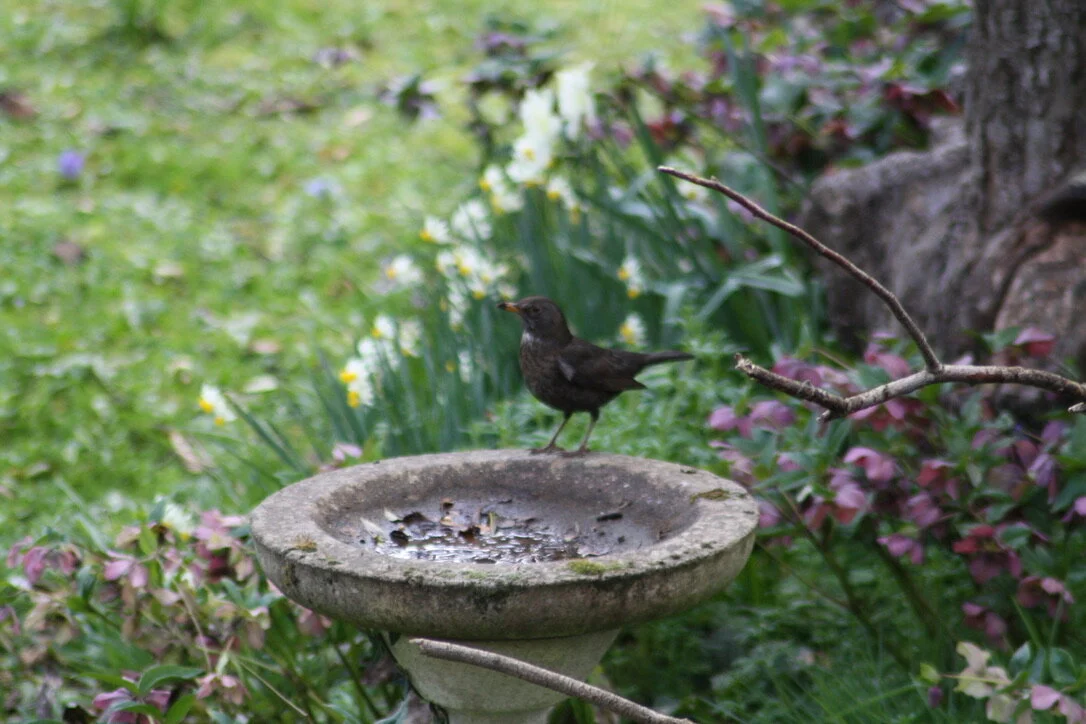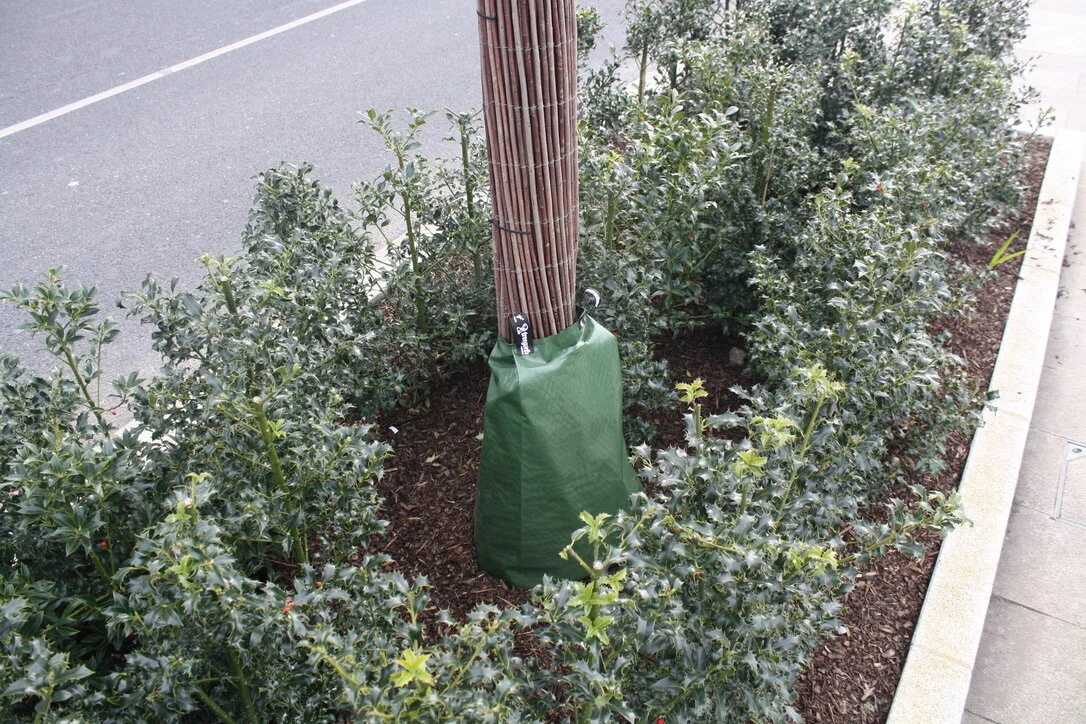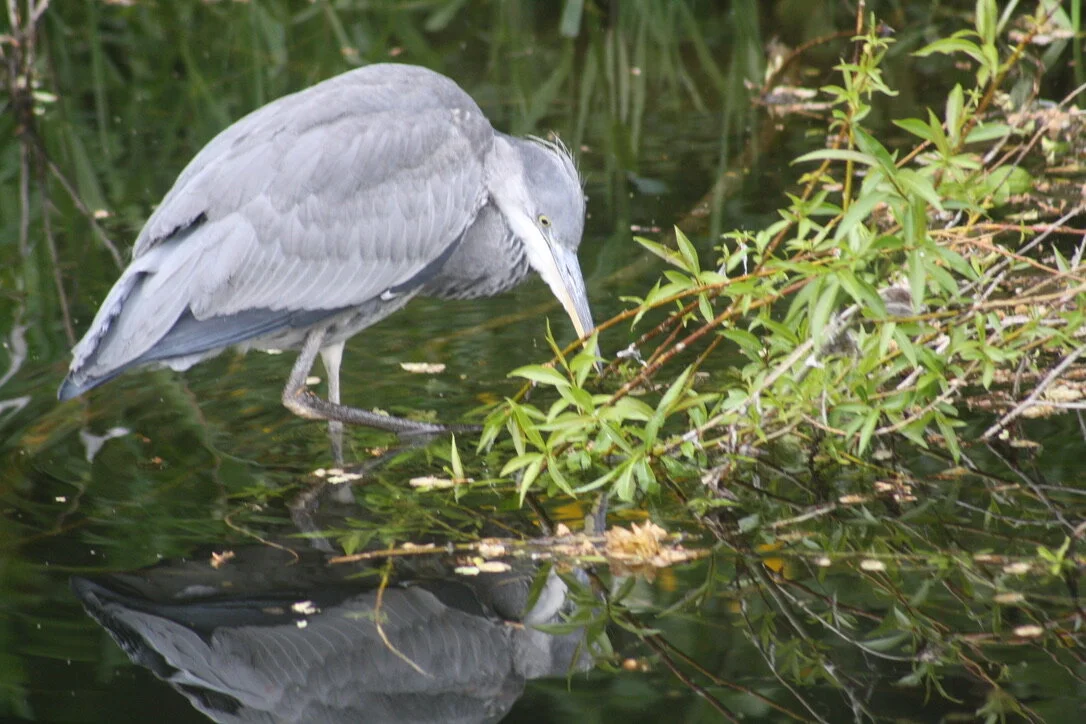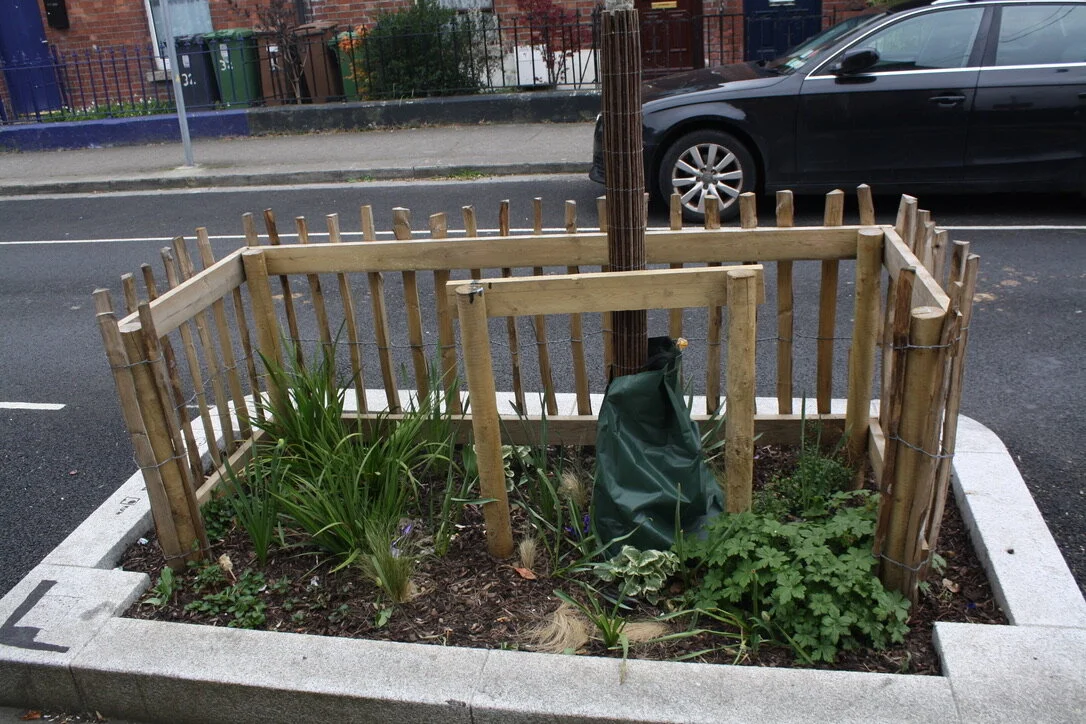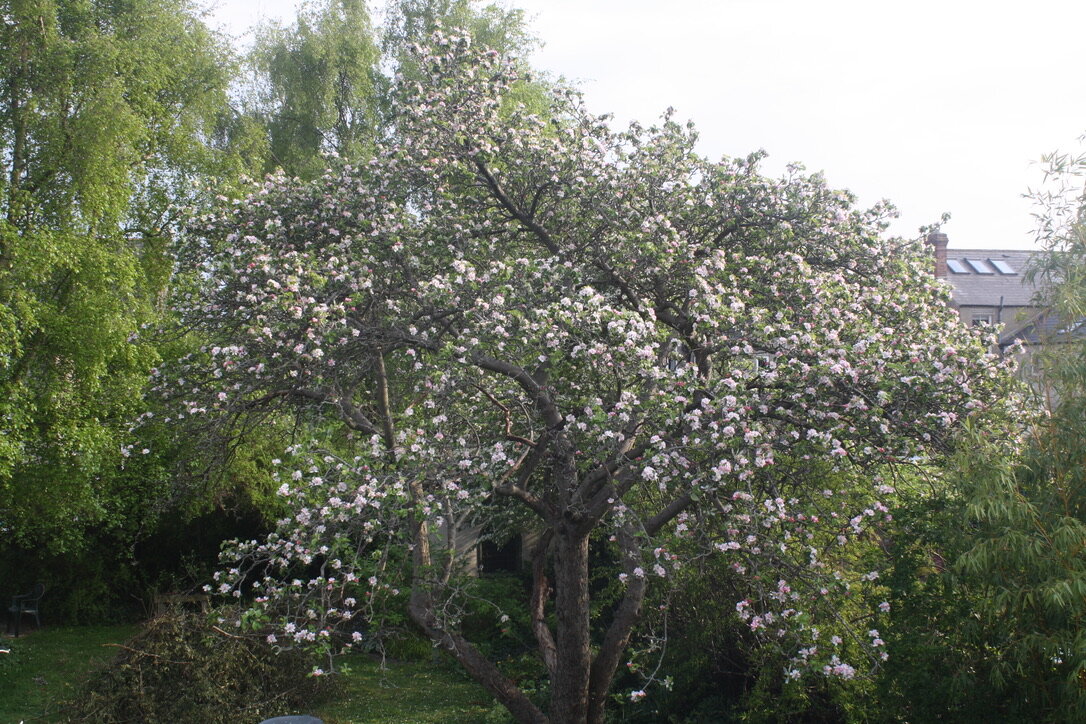
What are the solutions?
Urban Greening Strategy
We need to develop a coherent national urban greening strategy overseen by both local and central government.
This will provide a clear framework for the delivery of transformative biodiversity measures in our towns and cities. This framework should be driven through effective public consultation and include measurable, ambitious targets which specific stakeholders are accountable for delivering. The implementation of the citizens assembly on biodiversity recommendations would be an obvious place to start. Otherwise progress will be piecemeal, insufficient, wasting valuable time.
2. Protected Biodiversity Budgets
Any effective and sustainable greening strategies will need adequate, reliable and protected funding. This funding must be provided annually to all local authorities for biodiversity management since ambitious expansion of green spaces and tree cover, and their protection and maintenance, will cost money. Specific funding is hugely deficient.
Local authorities must account for their spending, ensuring it is directed towards meeting agreed targets within the national greening strategy.
3. Setting time bound, ambitious targets
It is vital that measurable, implementable and binding targets for tree planting and canopy cover are set across all councils. A target of 30% urban tree canopy cover by 2030 should be set. This is easy to achieve if resources are provided and a sense of urgency exists. Dublin lags behind many European cities that have ambitious tree canopy expansions underway.
Further targets should be set to replace car infrastructure with green spaces, create high nature value wilded zones, depave excessive hard surfaces and transform rooftops into living spaces for plants and animal life.
4. Biodiversity Advice Bureau
There is a growing awareness of the biodiversity crisis amongst the public who want to help. Education is a key tool in growing this movement and creating solutions.
Private gardens are one of the greatest resources for biodiversity in our cities. We propose the establishment of a local authority led consultation service, which advises the public on the best means to promote biodiversity and plant appropriate trees in their homes.
5. Bring Biodiversity to the forefront of Planning
Biodiversity quotas should be mandated in all planning applications. Whenever reconfiguration of our public spaces takes place from roadworks, to new housing complexes, we must ensure we don’t waste the opportunity to enhance biodiversity.
Green roofs, minimising paved surfaces, green walls and vertical gardens are just some of the steps that can be taken.
6. Community Empowerment
Communities must be empowered to initiate and maintain local tree planting and wider biodiversity projects. These may include the development of communal gardens, living green corridors across estates and the provision of local allotments.
This will ensure they become life long guardians for biodiversity in their community, growing their connection with nature and ensuring its sustainability.
7. Protecting Urban Nature
We often perceive nature as something which exists in the countryside away from cities. When conserving the natural world efforts tend to be focussed on large national parks that are safeguarded by rangers, ecologists and laws.
We believe in order for biodiversity to thrive in our cities, and for citizens to reap all the benefits, words aren’t enough. Urban environs from pavements and gardens, to larger parks, will need to be robustly protected by standards and laws.
Whilst a change in mindset will be required by all, local authorities must be adequately resourced to oversee this transition and conservation.
8. Reimagining Urban Nature
Though most existing infrastructure in our towns and cities was not developed with nature in mind, there are many zones with high nature value rehabilitation potential. We must reimagine our lived environment with biodiversity in mind.
This can take many forms: rewilding or removing invasive species from overly manicured parks replacing street car parking spaces with biodiverse ‘parklets’ and repurposing hard surfaces with ‘pocket forests’
